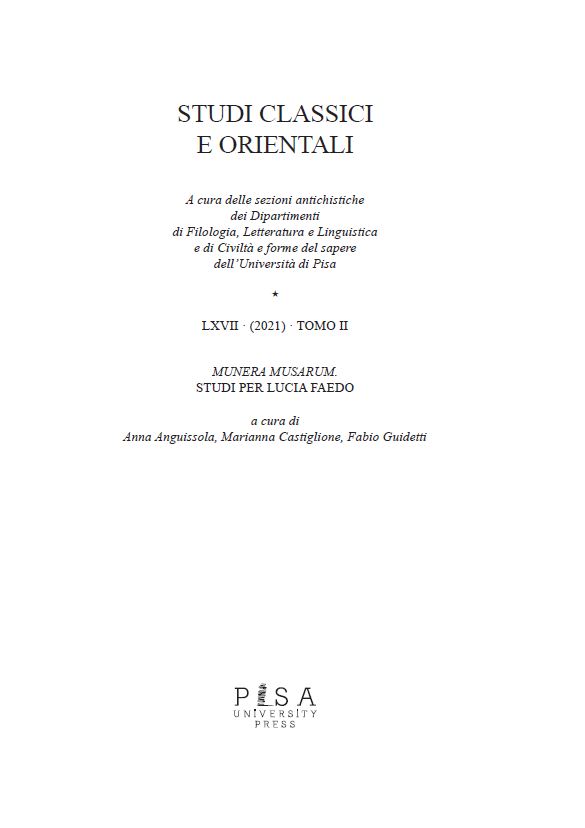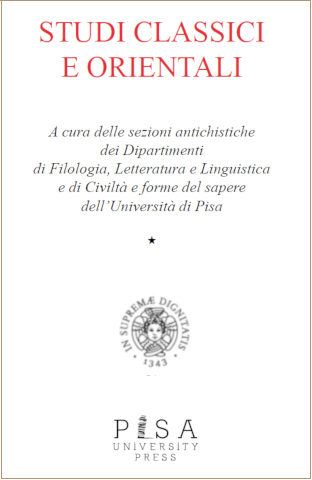MATERIALI E PAESAGGI DEL POTERE: IL PALAZZO DI MAUSOLO
Abstract
This article offers some reflections on the palace of Mausolus at Halicarnassus, and his role as a patron of architectural works. Mausolus was a famous member of the Hecatomnid family, which ruled over Caria (present-day south-western Turkey), and the re-founder of Halicarnassus circa 370 BCE, which then become Caria’s new capital. The palace was one of the focal points of the city, together with the renowned Mausoleum. However, in contrast with the tomb of Mausolus, the material evidence for his palace is uncertain, and its very location is disputed by scholars. Indeed, most of the information about the palace comes from ancient literary sources, mainly Vitruvius and Pliny the Elder. The aim of this article is to provide a critical analysis of the information available in the literary sources, in particular regarding the use of Proconnesian marble for the decoration of the palace, and its visual and physical relationship with the sea. By analyzing the multiple horizons – Caria, western Anatolia, the Aegean world – within which Mausolus and his family existed, this study sheds new light on the Carian ruler’s ideology of power and its implications, which had considerable influence over the following centuries.



